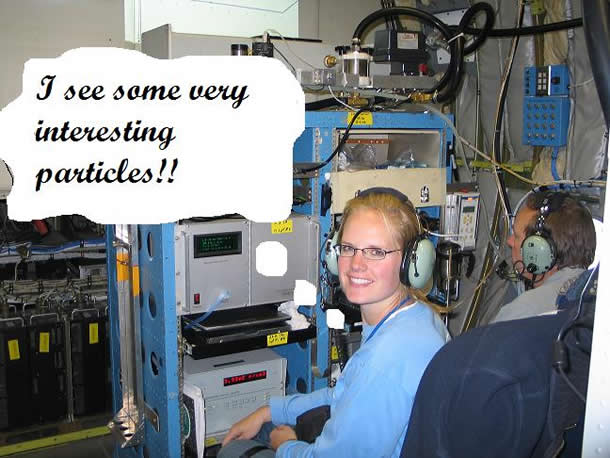
Image Courtesy of Robert Wood
Dr. Robert Wood
My interest in understanding how the Earth System works started back when I was studying for my undergraduate degree in physics. I took a class in geophysics in which we detonated small explosive devices buried in the ground and then we “listened” to the sound waves that bounced back off different layers under the Earth. I was amazed by the way we could determine the internal structure of the Earth without actually digging.
I received a BA in physics at the University of Cambridge in the United Kingdom. After this I moved back to the north of England where I was born and raised, and got a job working as a checkout clerk at a supermarket in Manchester. It was a far cry from science but a great education in culture. But my interest in science didn't go away, so I applied for graduate school, knowing only that I wanted to do “something in the area of geosciences.” I ended up being enticed into atmospheric sciences by my Ph.D. advisor during a visit to the University of Manchester.
For my PhD work, I spent two years calibrating and testing a system to measure winds from a light aircraft, and then spent a year making measurements of sea-breeze fronts and atmospheric gravity waves. This ignited my interest in airborne research, and I have never looked back since then.
Since completing my PhD, I have worked in a couple of places. My first position was at the United Kingdom Meteorological Office in the Met Research Flight, where I studied the microphysical properties of clouds, and currently I am at the University of Washington (UW) in Seattle. I originally intended to work in the United States for just a short time, but I quickly became involved in numerous collaborations and found the Department of Atmospheric Sciences at UW to be a great environment for my research. It was at UW that I got interested in the southeast Pacific climate system using a new dataset that had just been collected. So I never left Seattle, and eventually I became an Assistant Professor (my current position). My research interests focus upon the physics of clouds, how they form rain, and their role in the Earth's climate system. I also teach several classes in atmospheric sciences.
In Seattle I also met my wife Socorro, who was then a graduate student. Socorro is from Mexico, so I have spent some time learning Spanish. This is also proving to be useful for VOCALS and for my interest in traveling (especially in Latin America ). My other interests are playing guitar, cooking, dancing, movies, and reading.














